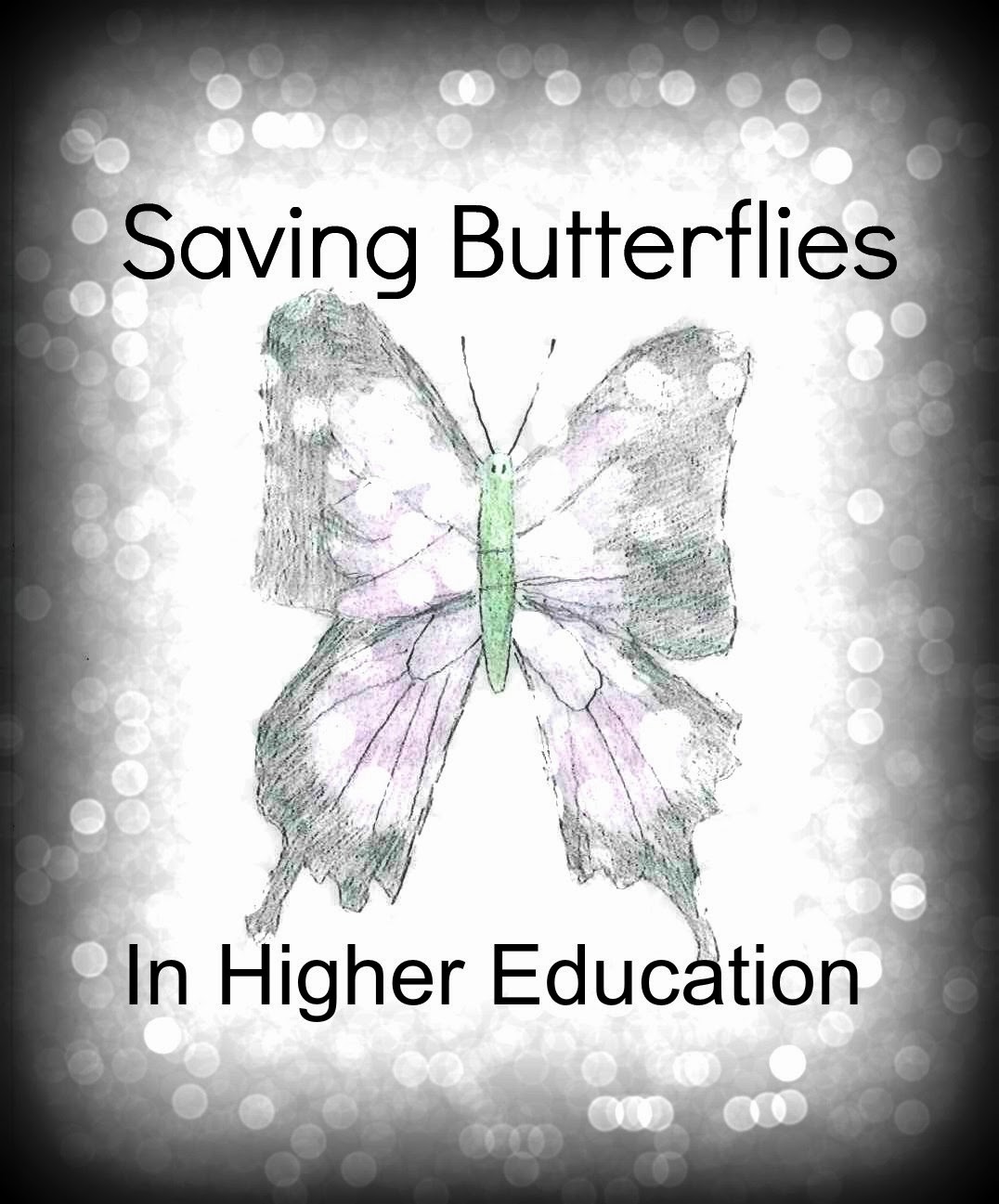Analytical thinking is not the only way to test for
giftedness. The use of metaphors also offers an opportunity to understand how
language uses certain skills that are also part of the process of creative and
intelligent thinking. The researchers Tan, et. al. (2013) found that metaphor
sections of the Aurora Battery affords a selection process of gifted through the
use of comparative, categorical, and evaluative thinking while mapping literal
and figurative meanings from one word to another.
The use of metaphors can be a sign of one’s intelligence.
Metaphors are not simple statements and rely on literal and figurative
understandings to make meaning. To use metaphors well requires categorical,
comparative, evaluative thinking. This is a mapping of meanings from one word
to the next and establishing connections of words that may be different. It requires a deeper analysis of language.
Their study looked at whether metaphor comprehension is an
appropriate task for gifted identification and what metaphor characteristics
differentiate between gifted and non-gifted. The ability of test students on
metaphor use in early education and college may create greater ability to
identify them for advanced development. Since metaphors can show up in writing
it fits well with modern education.
Metaphors may not only tap into our creative side but also
have some ability to improve upon social relationships. Some of the subtle
processes that go into metaphors also go into developing relationships. It is
these subtleties that help the gifted find the meaning behind the words and
understand others intentions and motivations.
Their study found that Metaphors are another way to test for
giftedness among the population. It targets analytical thinking in the verbal
domain. Their study offers some hope in finding alternative ways of testing
high intelligence without the limitations of formal education. Education will
help people score well and this may blind people to giftedness in less education
populations or other cultures where the education may be different. Additional
studies will need to be conducted to reconfirm the findings in other areas.
Tan, et. al. (2013). Measuring metaphors: Concreteness and similarity
in metaphor comprehension and gifted identification. Educational & Child Psychology, 30 ( 2).

